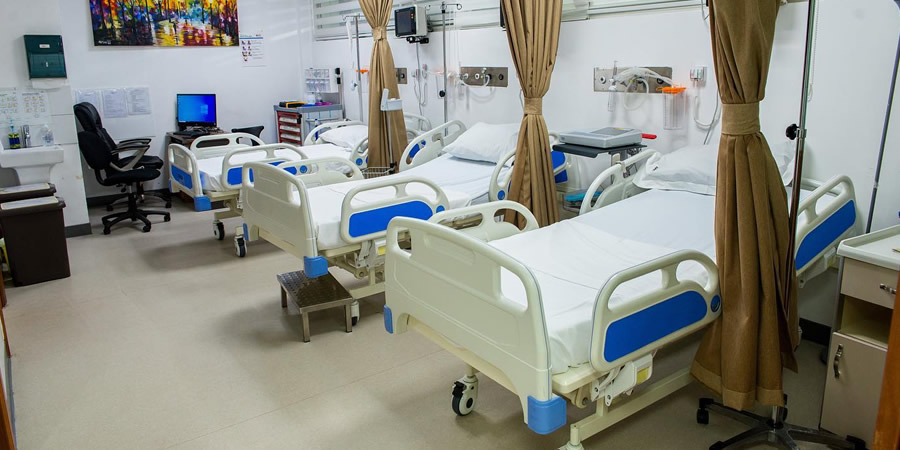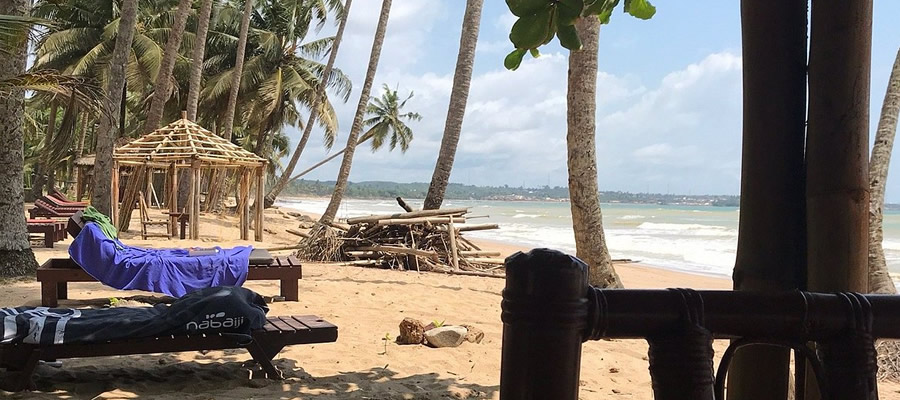

ECONOMY
Job Creation
Cassava Processing Factory
The Nzema East Municipality in fulfilling its mandate of providing local economic development and fulfilling its part of the One District, One Factory, identified potentials for the construction ofa state of the art Cassava Processing Facility.
The Assembly considered the development of the cassava value chain which is the major cash crop produced in the Municipality in considerably large quantities.
As such, the state-of-the-art cassava processing centre with capacity to create about 500 jobs along the value chain has been developed to ensure the sustainable and efficient production and use of cassava.
Mining
The municipality demonstrates strong potential in mining evidenced by the initial availability of “galamsey” activities. With a strong government intervention, an enabling environment is being created for small scale mining through the community mining concept. Many locals are beginningto take advantage in the Municipality.
The Municipal records significant efforts and number on the part of local miners to register. The President of the republic of Ghana has inaugurated the community mining initiative in the district. The potential therefore exists for a growing mining industry in the Municipality.
Nation Builders Corps (NABCO)
The Municipality also benefits from Government Flagship Programme such as the Nation Builders Corps (NABCO) which is currently implementing all the models. The programme begun with a recruitment of 150 personnel under the 7 model. A current situation reveals that there are 90 personnel currently on the programme.

Cassava Processing Factory
The Nzema East Municipality in fulfilling its mandate of providing local economic development and fulfilling its part of the One District, One Factory, identified potentials for the construction ofa state of the art Cassava Processing Facility.
The Assembly considered the development of the cassava value chain which is the major cash crop produced in the Municipality in considerably large quantities.
As such, the state-of-the-art cassava processing centre with capacity to create about 500 jobs along the value chain has been developed to ensure the sustainable and efficient production and use of cassava.
Mining
The municipality demonstrates strong potential in mining evidenced by the initial availability of “galamsey” activities. With a strong government intervention, an enabling environment is being created for small scale mining through the community mining concept. Many locals are beginningto take advantage in the Municipality.
The Municipal records significant efforts and number on the part of local miners to register. The President of the republic of Ghana has inaugurated the community mining initiative in the district. The potential therefore exists for a growing mining industry in the Municipality.
Nation Builders Corps (NABCO)
The Municipality also benefits from Government Flagship Programme such as the Nation Builders Corps (NABCO) which is currently implementing all the models. The programme begun with a recruitment of 150 personnel under the 7 model. A current situation reveals that there are 90 personnel currently on the programme.
Date Created : 11/11/2025 8:31:49 AM








 facebook
facebook
 twitter
twitter
 Youtube
Youtube
 +233 593 831 280
+233 593 831 280 0800 430 430
0800 430 430 GPS: GE-231-4383
GPS: GE-231-4383 info@ghanadistricts.com
info@ghanadistricts.com Box GP1044, Accra, Ghana
Box GP1044, Accra, Ghana